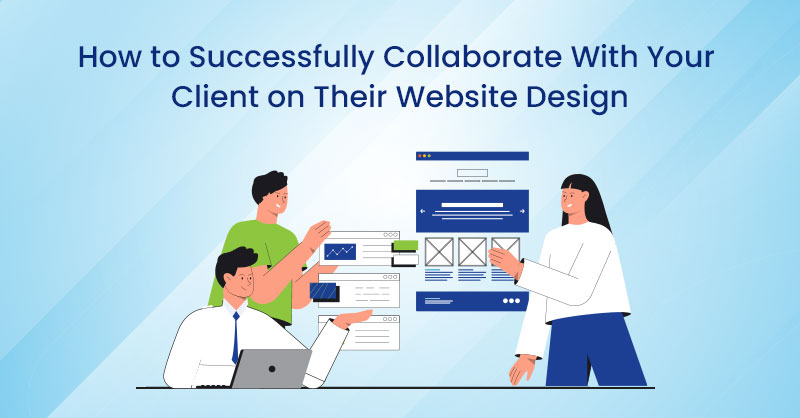Site speed has become one of the most important hidden features of a website over the last couple of years. As mobile speed and internet speed has increased, users have expected websites and content to be delivered at the same rate. Users have lost patience, and attention spans have shortened, so businesses need to deliver their site as fast as possible.
Back in late 2019, Google had announced that they would be giving out badges of shame to slow sites on Google Chrome, which is a sign that Google looked at site speed as a ranking factor even back in 2019.
In May 2020, Google’s Chrome team announced on their webmaster central blog that “core web vitals, a set of metrics of speed, responsiveness and visual stability, to help site owners measure user experience on the web.”
In 2020, you need to take site speed seriously, especially if you are actively involved in digital marketing and climbing the Google ranks.
In this blog, I will be running through some tools you can use to evaluate your site and make improvements easily to your site.
Understand your Benchmark
When looking at your website, you need to understand what is considered slow and fast. The universal benchmark for a site load time is 3 seconds. Any time over 3 seconds and you're approaching a negative impact on your ranks on Google. This is important to note as 3 seconds is also the usual time for a user to wait before leaving for another site.
Site speed is usually split between mobile and desktop speed. The reason is that your site functions differently across each platform, and phones typically have smaller/slower hardware than a computer. You can test your site yourself using your device's yourself, but many factors can affect what you see, like the wifi speed on your phone. In addition to considering the differentiation between mobile and desktop site speed, it is crucial to also incorporate Mac performance benchmarking into your evaluation process. Mac performance benchmarking allows you to specifically assess and optimize your website's performance on Mac computers, ensuring a seamless browsing experience for Mac users. You can do the same with computers on other operating systems.
The following tools will be able to get you started on your path to better site speed:
Google Page Insights
Google Page Insights is the best high-level tool for looking at your site performance. This tool breaks up your site's speed into mobile and desktop sections so that you can see where there is room to improve. Let’s look at a site like Amazon.ca, for example, to see how things play out.
As you can see, Amazon gets a 58 out of 100 on mobile speed for their site. The great thing about this tool is that it shows your opportunities to help improve your site. In the below image, you can see the opportunity section on what is causing it to slow down.
Some of the suggestions can be pretty technical, but if you have a developer or someone actively working on your site, you can pinpoint room for improvement. Again, Google Page Insight is a beginner tool to get you started on what needs to be done on your site. Another tool I use to test sites for my clients is GTmetrix.
GTmetrix
Gtmetrix is a tool I use to work with clients and my development team to improve websites. GTmetrix provides letter grades on each section of the site and contains active links for you to work on to improve your site. Let’s do a test on Amazon using GTmetrix and see the level of detail we get back.
You can see that this report has way more detail on analyzing the site and what needs to be prioritized. Every section mentioned above is expandable and provides detailed links to all the factors that need improvement. These reports are great for businesses with a developer or agency who can work line by line through these factors.
Quick Tips to Make Improvements
Using these tools helps to improve your site speed, but below are some small things you can do to make improvements right away.
- Hosting - one of the most underrated factors that affect site speed today is hosting. Hosting is often swept under the rug as just a requirement. Hosting companies have many different factors, including dedicated servers, content delivery systems and hosting companies that are dedicated to certain platforms. To ensure fast website performance and optimal site speed, it's crucial to consider a reliable and fast web hosting provider. Fast web hosting services offer robust server infrastructure, efficient caching mechanisms, and optimized configurations to deliver quick loading times and seamless user experiences. We build most of our websites using WordPress, so we use www.wpengine.com for all of our hosting needs as they match the website build. Not getting better hosting is like having a super sports car and putting the lowest grade gas you can buy into it.
- Redirects - often, websites will load a HTTP link and redirect it to a HTTPs link so that all users get to where they need to go. Over time, HTTP links are often uncommon for users to find, so why not remove the extra work?
- Images - Images are often one of the biggest and most obvious factors holding back a site but is one of the easiest ways to improve. Using Google page insights, you can usually see which images are not optimized on each page. Ways to optimize images by doing the following:
- Optimize images for load time - your site should only load the part of the site being viewed. Many plugins can serve this purpose by only loading the rest of the site when the user scrolls to that section.
- Optimize size and format - Google has shown recent signs that they prefer images to be formatted in JPEG 2000 format instead of things like png or jpg. Also, ensure that images are formatted to fit the container. For example, if an image is meant to fit in a 1000px by 1000px space, the image should fit those dimensions. Websites will format the image into the space, but why not make it perfect?
Conclusion
As mentioned above, site speed is incredibly important and is now directly affecting your rankings on Google. Some factors can be time-consuming to fix, while others, like hosting, can be taken care of immediately. Always keep an eye on the competition and gauge what you are doing compared to them. Focusing on site speed while actively doing SEO, you should see improvement in your rankings!






on
This is an awesome post thank you for share your post this is a very important post for optimizing the sites.
on
Thanks for sharing this amazing guide. It is really helpful to optimize sites.
on
Simply wish to say your article is as astounding. And the idea you provide about the optimizing of the site is great.
on
Thanks for sharing this valuable information about the optimizing of the site. It also helps me to optimize my sites speed.
on
I like this post, Thanks for sharing this valuable information about optimizing of the site.